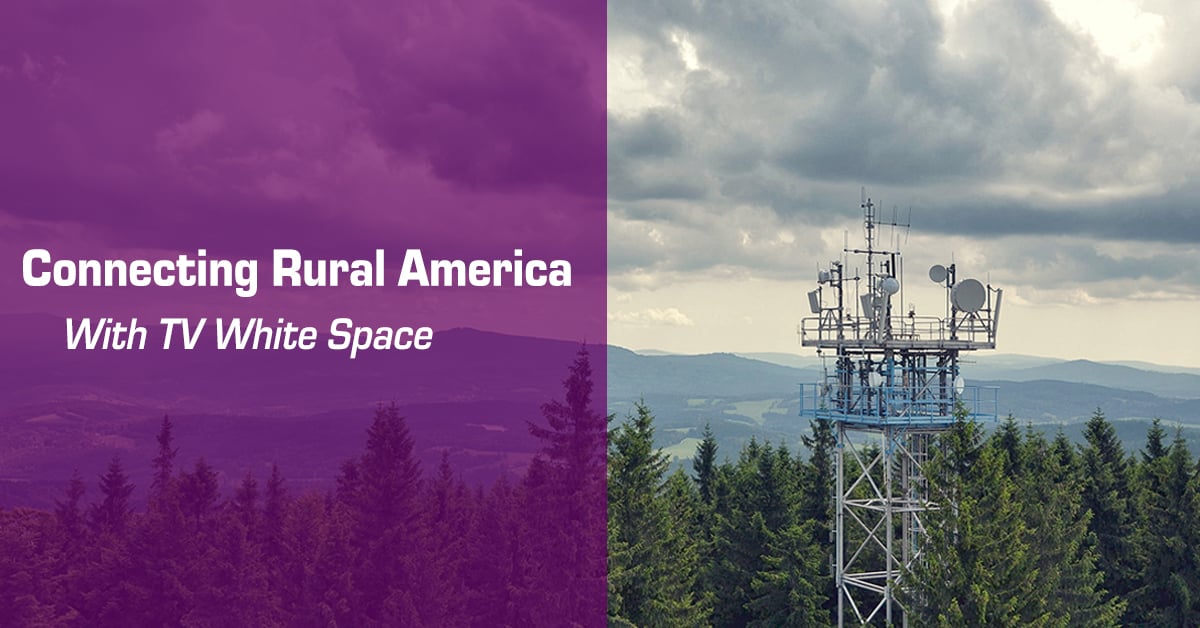High-speed broadband has become a necessity for most Americans over the last decade. Students rely on broadband for research and homework. Businesses use broadband to offer their products and services. Americans in general use broadband to connect to loved ones, watch their favorite TV shows, and for a variety of other activities.

Broadband has become so entwined in the lives of so many Americans, that most people don't realize there are still parts of the country that struggle to get even the slowest of internet speeds. What happens to those that live in the broadband age but don't have access? Simply put, they struggle to keep up!
An article in the Wall Street Journal entitled, “The People Left Behind in a Broadband World” points out, that living without broadband can be daunting. The article tells the story of how rural, southeastern Ohio has limited broadband resources. One young girl must travel 30 minutes to do her homework at the university library where her mother works. In another town, a local dairy farm struggles to get their name out and find new business without broadband. These are the stories of real Americans that are being hurt by the broadband divide.
Getting Broadband to Rural America
The main issue with delivering broadband to rural America is economics. In rural areas of the country, people are spread out. The return on investment (ROI) takes longer to realize. Wireless internet service providers (WISPs) play a critical role here, as their fixed wireless solutions are more economical than fiber, yet still provide fiber-like speeds. However, most fixed wireless technology is strictly line-of-sight (LOS) and cannot be deployed in foliage.
TVWS Offers an Answer
TV White Space (TVWS) is the spectrum between 470 MHz - 790 MHz. You may recall when all broadcast TV turned to digital in 2009, this was to free up the spectrum for broadband applications. TVWS is perfect for providing internet to customers in rural areas like southeastern Ohio. It’s low frequency and high power equipment burns through foliage and covers longer distances.
TVWS is not a new technology, however, there have been advancements in the equipment that have renewed interest among WISPs. Matt, Owner and CEO of a Pennsylvania WISP, shares his perspective on the new TVWS technology:
“When TVWS equipment was initially introduced, there was potential but no mature product offering. Huge progress has been made since then, and the equipment is available for a reasonable price now. For a very dense foliage, non-line-of-sight (NLOS) scenario, we are currently getting very good performance at 1 mile. We’re seeing 40 Mbps throughput in a 10 meg channel. Compared to 900 MHz where we can run into interference, making for a mediocre link, utilizing the lower end of TVWS spectrum (450 - 500 MHz) is interference free.”
The new developments in TVWS technology might be the answer to solving the broadband gap for rural areas like southeastern Ohio. As WISPs adopt and deploy TVWS, more Americans in rural areas are finally getting access to broadband they need.
Chapter 4 of our WISP Guide 2019 covers TVWS at length, including more examples of WISPs deploying TVWS.
